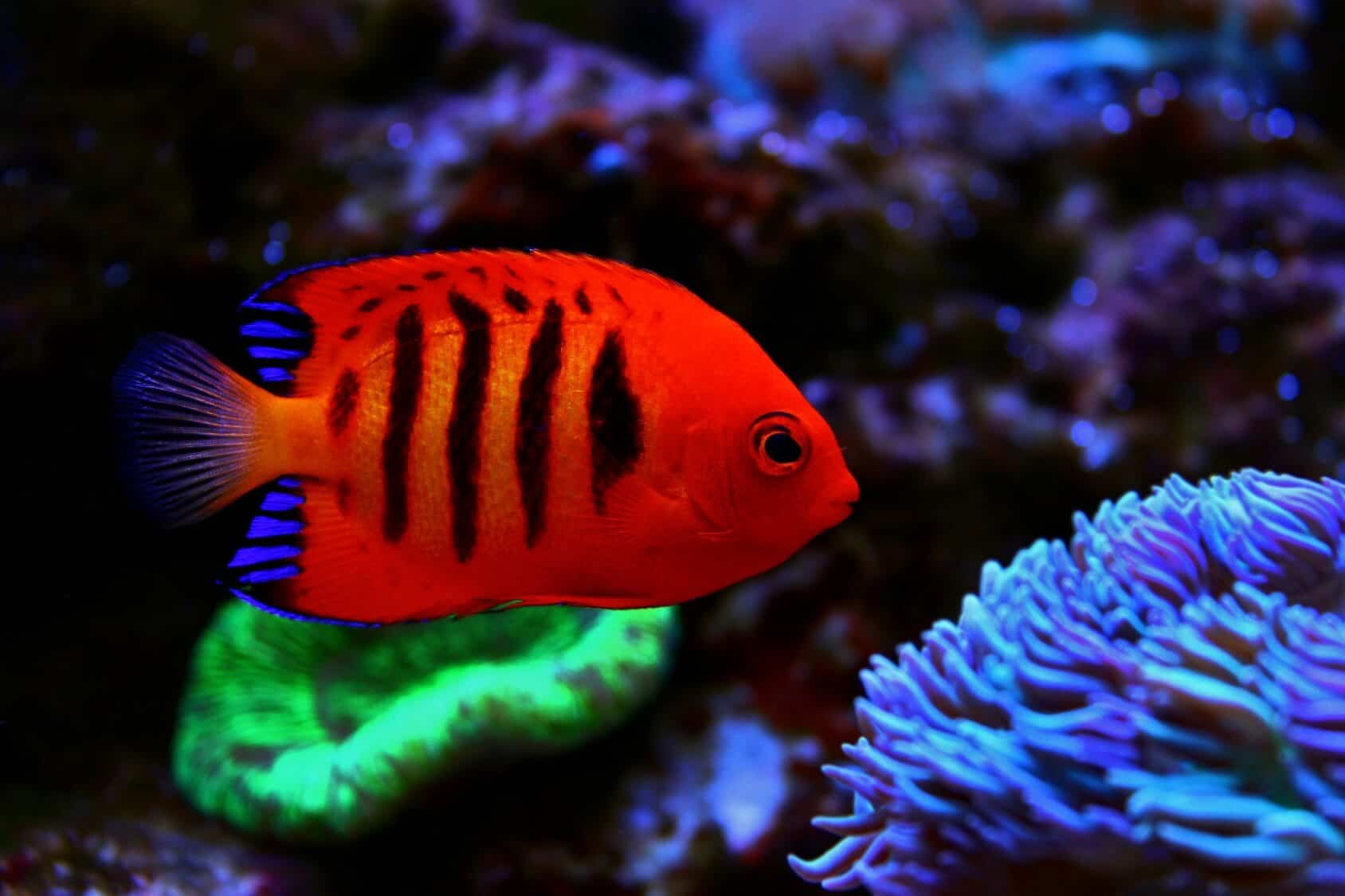Hooked on Sustainability: Your Comprehensive Guide to Real Fish
In today's world, where the demand for seafood is higher than ever, it's essential to know the impact of our choices on the ocean's health. The seafood industry is a significant contributor to global fish consumption, but it also faces numerous challenges, such as overfishing, destructive fishing practices, and habitat destruction. As a consumer, you have the power to make a difference by choosing sustainable seafood. In this article, we'll delve into the world of real fish, exploring the benefits, options, and what to look for when making an informed decision.
The Importance of Sustainable Seafood
Sustainable seafood is not just a buzzword; it's a crucial aspect of maintaining the health of our oceans. The Food and Agriculture Organization (FAO) of the United Nations estimates that over 30% of global fish stocks are being overfished, and another 60% are being fished at or near their limits. The consequences of this overfishing are far-reaching, affecting not only marine ecosystems but also human health and the economy.
One of the primary reasons we need sustainable seafood is to prevent the depletion of fish populations. When fish are overfished, it can have a ripple effect throughout the entire ecosystem, leading to the collapse of entire food chains. For example, the cod fishery in the North Atlantic was once one of the most productive in the world, but overfishing led to its collapse. Today, many cod fisheries are slowly rebuilding, thanks to conservation efforts and the implementation of sustainable fishing practices.
Another critical aspect of sustainable seafood is the impact on marine habitats. The ocean is home to a vast array of marine life, from coral reefs to kelp forests. These ecosystems provide essential services, including coastal protection, water purification, and nurseries for fish. However, destructive fishing practices, such as bottom trawling and dynamite fishing, can cause irreparable damage to these habitats.
What is Sustainable Seafood?
So, what makes seafood sustainable? The answer lies in a combination of factors, including the type of fish, the fishing method, and the certification process. Here are some key indicators of sustainable seafood:
- Marine Stewardship Council (MSC) certification: The MSC is a global standard for sustainable fishing, ensuring that fisheries are managed to maintain healthy fish populations and protect marine habitats.
- Catch documentation: This involves keeping detailed records of catches, including species, quantities, and locations.
- Fishing gear: The type of fishing gear used can significantly impact the sustainability of a fishery. For example, bottom trawling can damage habitats, while gillnetting can catch non-target species.
- Fishing practices: Methods such as bycatch reduction, catch-and-release, and observer programs can help reduce waste and protect marine life.
Types of Sustainable Seafood
Not all seafood is created equal. Some types of seafood are more sustainable than others, depending on factors such as fishing methods, habitats, and populations. Here are some examples of sustainable seafood options:
- Wild-caught Alaskan salmon: Alaskan salmon is one of the most sustainable seafood options, with low levels of contaminants and high levels of omega-3 fatty acids.
- Atlantic mackerel: Mackerel is a small, oily fish that is rich in nutrients and has a low impact on the ocean's ecosystem.
- Sea bass: Sea bass is a mild-flavored fish that is often caught using sustainable fishing methods.
- Sardines: Sardines are small, oily fish that are rich in omega-3 fatty acids and have a low impact on the ocean's ecosystem.
What to Look for When Buying Sustainable Seafood
When shopping for sustainable seafood, there are several things to look for:
- Look for MSC certification: If you see the MSC logo on the packaging or website, it's a good sign that the seafood was caught using sustainable methods.
- Check the label: Many seafood companies now label their products with sustainability information, including the fishing method and habitat affected.
- Choose wild-caught over farmed: Wild-caught seafood tends to have a lower environmental impact than farmed seafood.
- Avoid high-mercury fish: Some fish, such as shark and swordfish, contain high levels of mercury, which can harm human health.
Eco-Friendly Seafood Alternatives
If you're new to sustainable seafood or prefer not to cook with fish, there are plenty of eco-friendly alternatives to try:
- Plant-based seafood alternatives: Companies like Beyond Meat and Impossible Foods now offer plant-based seafood alternatives that mimic the taste and texture of fish.
- Sea vegetables: Sea vegetables like kelp and wakame are rich in nutrients and have a low environmental impact.
- Farmed seafood: Farmed seafood can be a sustainable option, especially if it's certified by organizations like the Aquaculture Stewardship Council.
Conclusion
Sustainable seafood is not just a trend; it's a necessity. By choosing real fish, you're supporting the health of our oceans and the communities that depend on them. Whether you're a seasoned seafood enthusiast or just starting to explore the world of seafood, there's never been a better time to make a difference.
Janice Nichole Rivera
Is Tony Hinchcliff Married
How Tall Isabrina Carpenter
Article Recommendations
- Fitbryceadams
- Theez
- Seopetition Tracker
- Who Ihad Kroeger Married To
- Fashion Weekti
- Naomi Wattsx Husband
- Mother S Warmth
- Who Isavid Muirs Wife
- Luke Bryan Weight Gain
- Sophie Rainpider Man



